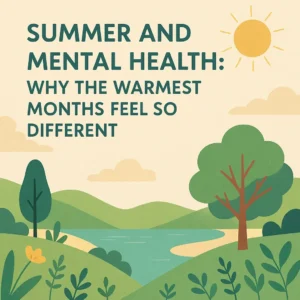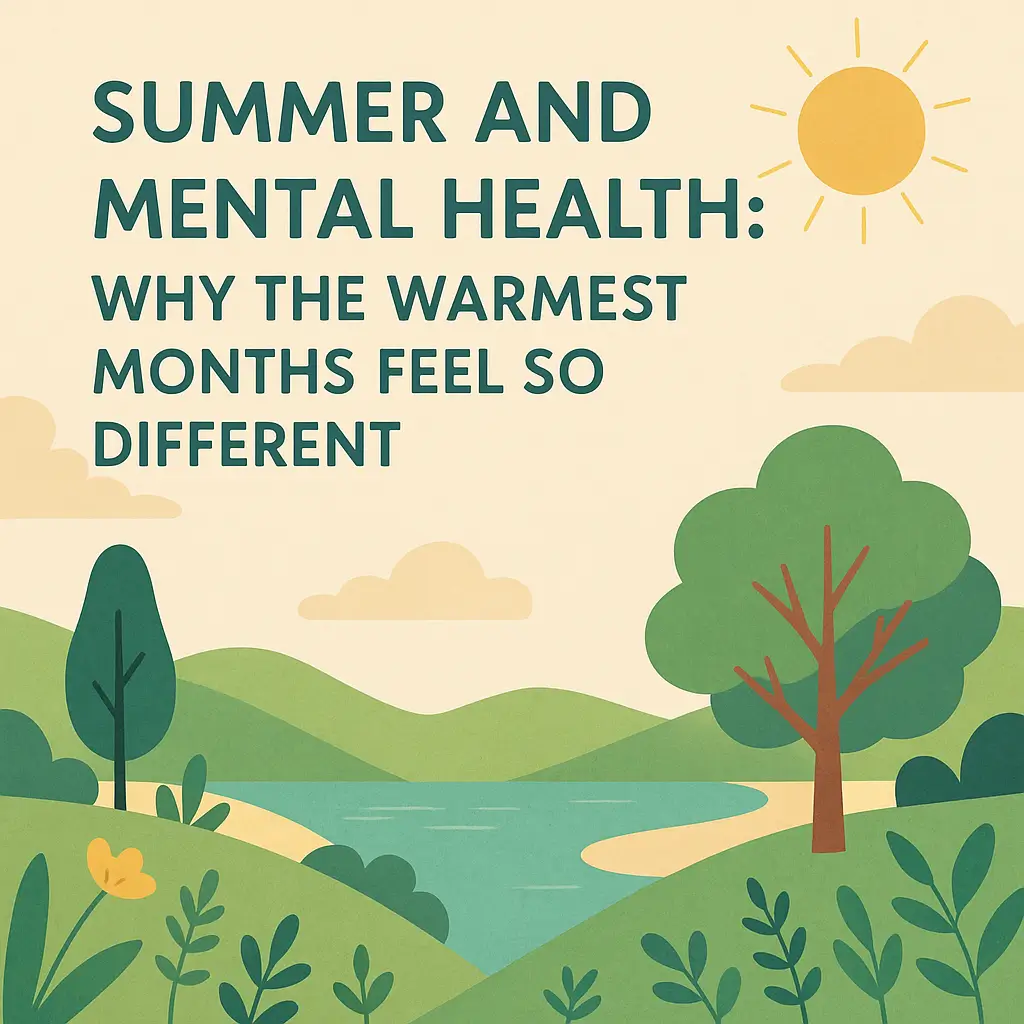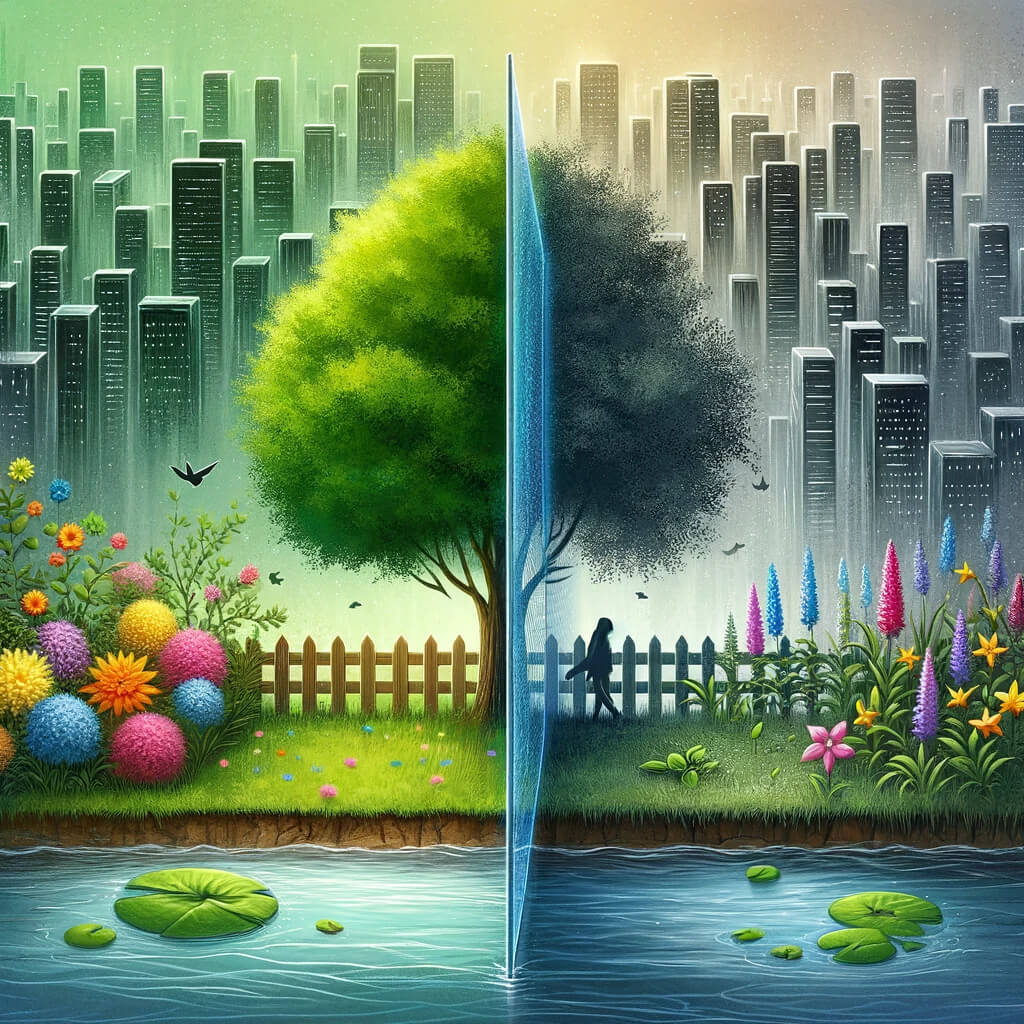Depression and sadness are often used interchangeably, but they are two different emotional states. While sadness is a normal response to life events, depression is a serious mental health disorder that can interfere with daily life. Understanding the differences between depression and sadness can help you recognize when you need help.
In this article, we will delve into the key differences between depression and sadness and provide tips for managing these feelings.
What is Sadness?
Sadness is a natural human emotion that is experienced in response to life events, such as loss, disappointment, or change. Sadness is a normal part of the human experience and can serve as a healthy way to process negative emotions. It is usually a temporary emotion that fades over time, especially with the support of loved ones.
What is Depression?
Depression, on the other hand, is a persistent and serious mental health disorder that affects how you feel, the way you think, and how you act. Unlike sadness, depression is not a normal response to life events, and it can last for weeks, months, or even years. Depression can be caused by a combination of factors, including biological, environmental, and psychological factors.
Key Differences Between Depression and Sadness
- Duration: Sadness is usually a temporary emotion that fades over time, while depression can persist for a long period.
- Severity: Sadness is often mild and manageable, while depression can be severe and debilitating.
- Causes: Sadness is a normal response to life events, while depression can be caused by a combination of factors.
- Symptoms: Sadness is often accompanied by crying and feelings of hopelessness, while depression also includes symptoms such as loss of interest, changes in appetite and sleep patterns, fatigue, and difficulty concentrating.
How to Deal With Depression and Sadness
- Seek Professional Help: If you are experiencing symptoms of depression, it is important to seek professional help from a mental health provider. They can provide you with a diagnosis and treatment plan that is tailored to your needs.
- Practice Self-Care: Taking care of your physical and emotional well-being is crucial for managing depression and sadness. Engage in activities that you enjoy, exercise regularly, eat a healthy diet, and get enough sleep.
- Connect With Loved Ones: Talking to friends and family members can help you process your emotions and provide a sense of support.
- Focus on the Positive: Try to focus on the positive aspects of your life and find gratitude in the present moment. Practicing mindfulness and positive self-talk can also help.
- Use Coping Strategies: Coping strategies, such as deep breathing, meditation, and journaling, can help you manage stress and emotions.
Understanding the differences between depression and sadness can help you recognize when you need help. If you are experiencing symptoms of depression, it is important to seek professional help and practice self-care, connect with loved ones, focus on the positive, and use coping strategies. With the right support, it is possible to manage depression and find peace and happiness.















